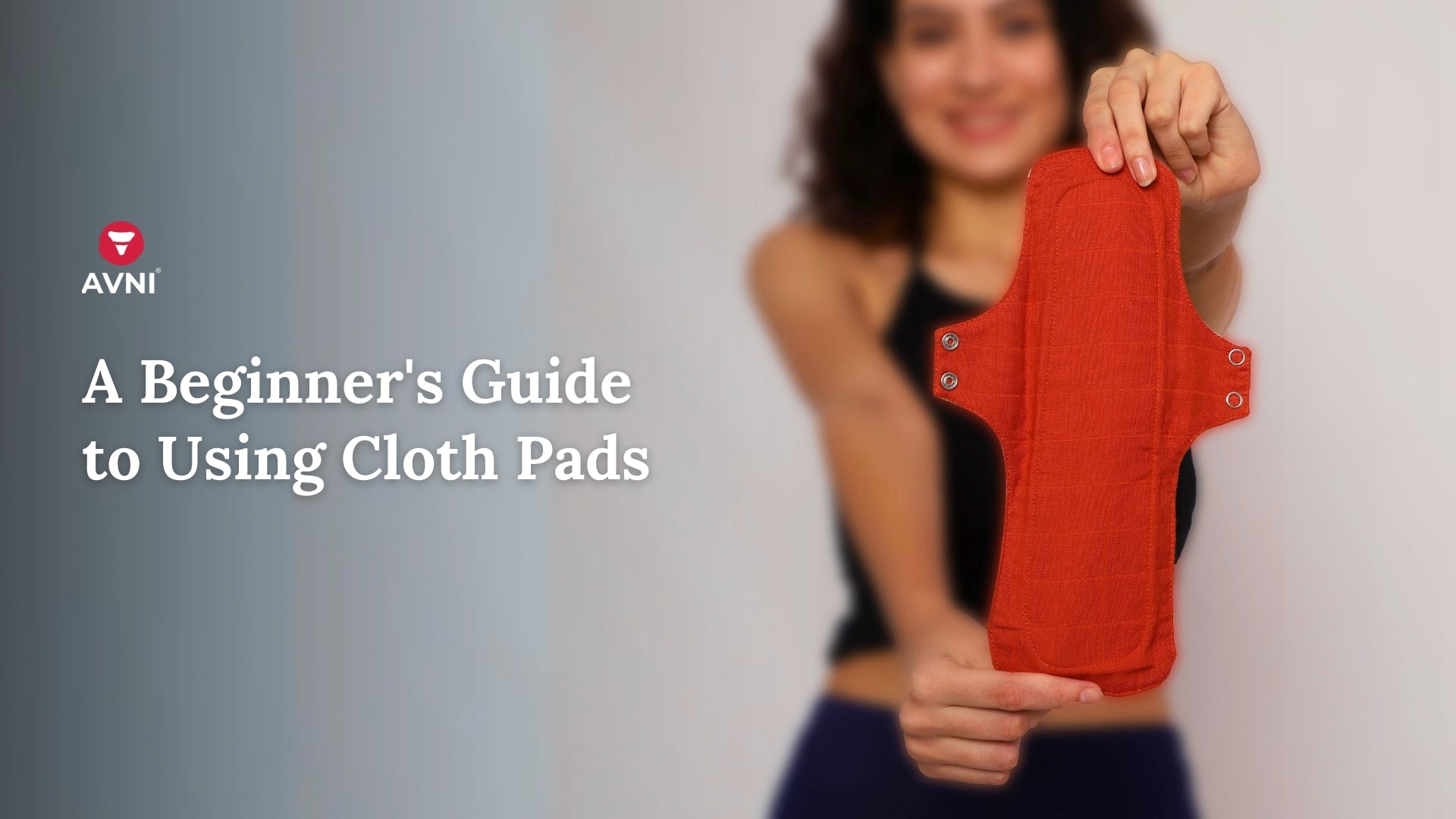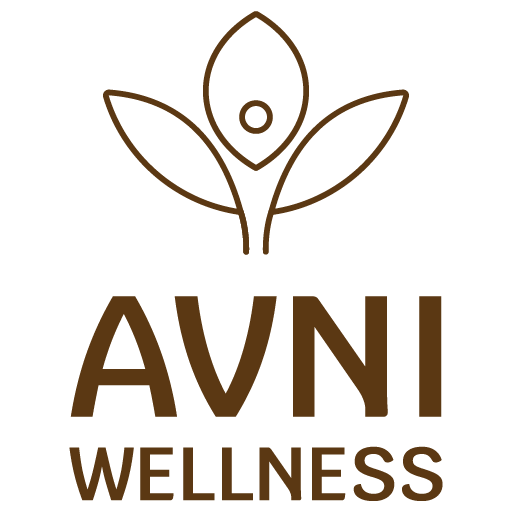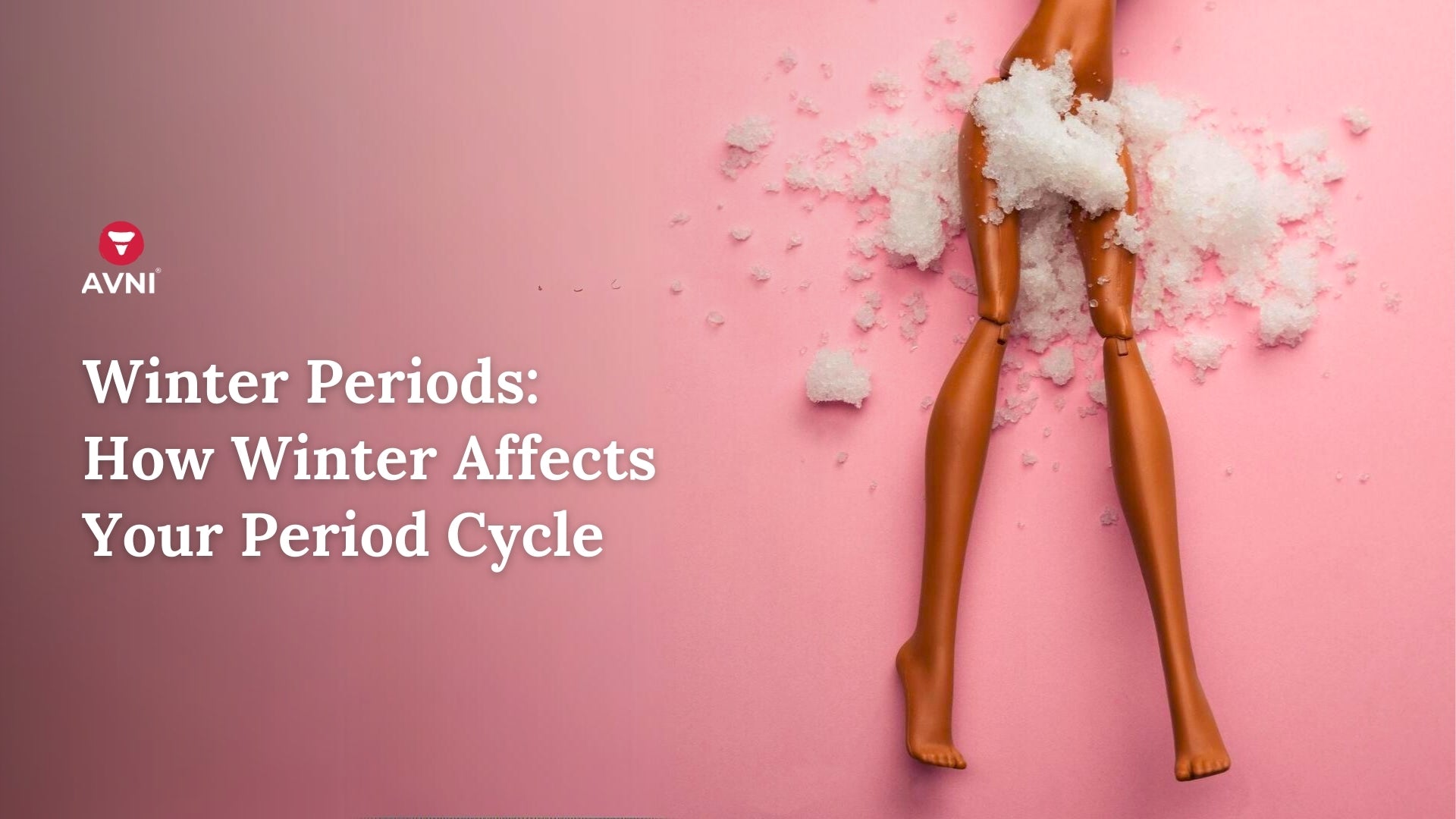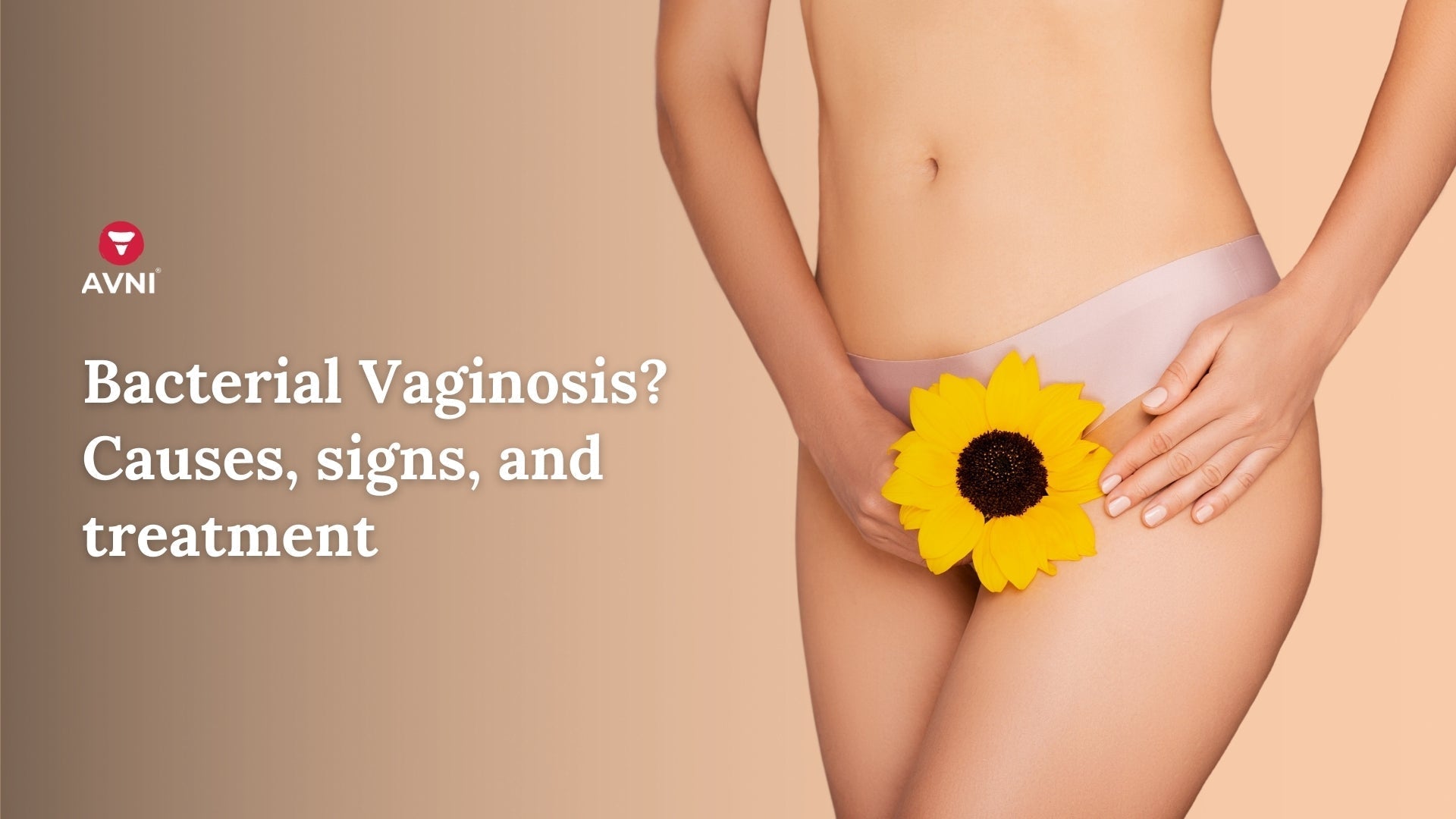
A Beginner's Guide to Using Cloth Pads
Menstruation is a natural process. The thought of it directly connects with the decision of choosing and carrying sanitary pads. While the usage of sanitary pads is decades old, menstruators today are moving towards a more sustainable choice - reusable cloth pads.
Reusable cloth pads are safe for the body as well as the environment. Unlike sanitary pads that are one time use only, cloth pads last for years. If you are planning to switch from sanitary pads to cloth pads, now is the time. It's okay to be nervous! Use cloth pads for an hour or two and increase the time gradually.
Now that you have decided to make the replacement, let's know all about why and hows of using reusable cloth pads.

Why are cloth pads a comfortable switch?
Reusable cloth pads are designed to last for a longer time. They are made of fabrics like hemp and cotton that feel soft on skin. The middle layer of cloth pads have extra layers of cloth that absorb menstrual blood and prevent leakage. To top it all, these pads have wings with click-on buttons that help in the right placement and stop the pad from moving around.
Cloth pads are breathable, comfortable, organic and protect the vaginal skin against infections and rashes. Menstrual flow varies from person to person. The availability of these pads in different sizes comes as an additional benefit that allows the menstruators to choose the pad according to their flow. Along with cloth pads, one can also opt for panty liners that are made of reusable cloth fabric. These are best options for days when the menstruation is likely to occur (spottings) or later days of menstrual cycle when flow is light.
Let's talk about expenses. Sanitary pads are, hands down, an expensive experience. One pad, one use. If you calculate, nearly 20+/- pads (4 pads a day x 5 days) are used every month. Now, if an average cycle lasts for 40 years (give or take a few years), a person may have 12x40=480 menstrual cycles. This calculation gives us the total number of sanitary pads that are used during the entire menstruation cycle i.e. 480x20= 9,600 sanitary pads ( this number is variable). As expensive as this looks, it is equally hazardous for the environment as these are non-disposable.
Luckily, if you add 20 reusable cloth pads in your menstrual wardrobe, they are likely to last for years with the right care and require replacement three times approximately. When science and maths come together, it's good for your pocket and the planet!
How to use cloth pads?
Using cloth pads for the first time brings along with it many questions. Will it absorb enough? What if it moves and leaks? And many such what ifs. Fret not! It is a hassle free process. Learn it here and now.
- To wear, place the reusable cloth pad onto your underwear, just like you would place a disposable pad.
- Unlike adhesive to attach to the underwear, these pads have clip-on buttons that fasten around the bottom and prevent any kind of pad movement.
- Note that wearing a fitted regular underwear works well. Avoid a loose fit panty.
- Use it like a regular sanitary pad for 4-5 hours, depending on the menstrual flow. You may be surprised to see that cloth pads may last longer in terms of absorption and require change less frequently.
Isn't using cloth pad is just as easy as a regular sanitary pad. You must be wondering that its usage is done but how to change and where to keep, in case you are outdoors. Scrolling down has the answer.
- Simply remove the cloth pad, fold it and store it inside the wet bag.
- A wet bag prevents any kind of staining or leakage from the used pad and can be easily kept into your bag.
- Place another cloth pad on the underwear and carry on with your day hassle-free.
- Always carry an extra cloth pad when travelling or outdoors.
How to wash your cloth pads?
Some people cower at the sight of blood. But washing cloth pads is an easy job. These pads can be washed in a machine or by hand.
Once you are done using the pad, soak it into cold water. If you were outside and stored the pad in a wet bag, soak it in once you are back. Soaking the cloth pad helps lift the blood stain. If soaking is not possible, rinse the pad properly.
Once the bloodstains are out, toss it into the machine with other delicates or wash it by hand using liquid detergent. Rub it gently. Do not squeeze them.
A pro tip: you can add some white vinegar to the wash process (machine or hand) to disinfect the pad. It is safe for other clothes as well. Avoid using fabric softener on cloth pads as it may leave residue on them and that's not what you would ever want.

How to dry and store a cloth pad?
Once washed, hang the pad to dry. Line dry under direct sunlight and wait for the pad to completely dry. Refrain from tossing the pad in the dryer as it may break or shrink the pad. If the pad is not completely dry, you can dry it in front of a radiator or an electric heater.
For storage, simply place the dry cloth pad in your closet or any drawer, wherever you prefer. Remember, the cloth pad should be completely dry before storing in the wardrobe. A wet pad may become home to unwanted bacteria if not dried properly.
This guide covers pretty much everything that you need to know, learn and be informed about cloth pads. Beginning the use of a cloth pad is the best decision. Sustainability, feasibility, cost effective and skin safe, a reusable cloth pad is everything that you require for eco-friendly menstruation.



Leave a comment
This site is protected by hCaptcha and the hCaptcha Privacy Policy and Terms of Service apply.